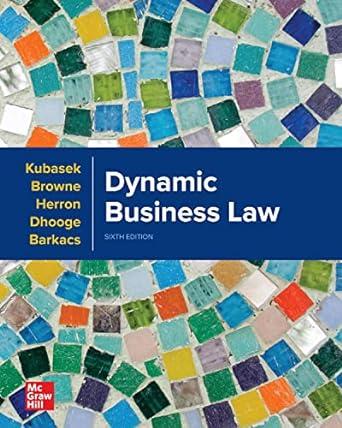Because New York City cannot tap the rivers, bays, and ocean that inhabit, surround, or, on occasion,
Question:
Because New York City cannot tap the rivers, bays, and ocean that inhabit, surround, or, on occasion, inundate it to slake the thirst of its many millions of residents, it must instead draw water primarily from remote areas north of the City—mainly the Catskill Mountain/Delaware River watershed west of the Hudson River and the Croton Watershed east of the Hudson River and closer to New York City. Water is drawn from the Schoharie Reservoir through the 18-mile-long Shandaken Tunnel into the Esopus Creek. The Creek’s water, in turn, flows into another reservoir, then through an aqueduct, and then through several more reservoirs and tunnels alongside the Hudson River, having crossed the River to its Eastern shore some 50 miles north of New York City. Eventually, it arrives at its final destination: the many taps, faucets, and the like within the City’s five boroughs. The movement of water from the Schoharie Reservoir through the Shandaken Tunnel into the Esopus Creek is what is known as a “water transfer”—an activity that conveys or connects waters of the United States without subjecting those waters to any intervening industrial, municipal, or commercial use.
Water transfers are an integral part of America’s water-supply infrastructure. Each year, thousands of water transfers are employed in the course of bringing water to homes, farms, and factories. Historically, the U.S. Environmental Protection Agency (EPA) has taken a handsoff approach to water transfers, choosing not to subject them to the requirements of the National Pollutant Discharge Elimination System
(NPDES) permitting program established by the Clean Water Act in 1972. Indeed, following many lawsuits seeking to establish whether NPDES permits are required for water transfers, the EPA formalized its stance in 2008—more than three decades after the passage of the Clean Water Act—in a rule known as the “Water Transfers Rule.” Shortly thereafter, several environmentalist organizations and state, provincial, and tribal governments challenged the Rule by bringing suit against the EPA and its Administrator. The District Court held that the Rule represented an unreasonable interpretation of the Clean Water Act and was therefore invalid. The federal government appealed. The Clean Water Act does not speak directly to the precise question of whether NPDES permits are required for water transfer. How should the appellate court rule? Should it defer to the EPA’s judgment? [Catskill Mts. Chptr. of Trout Unlimited, Inc. v. United States EPA, 846 F.3d 492, 500 (2017)]
Step by Step Answer:

Dynamic Business Law
ISBN: 9781260733976
6th Edition
Authors: Nancy Kubasek, M. Neil Browne, Daniel Herron, Lucien Dhooge, Linda Barkacs





